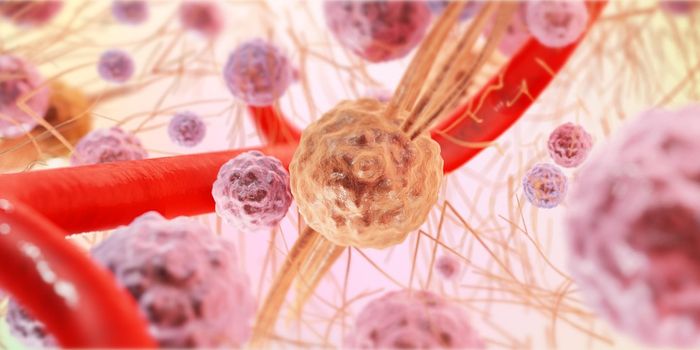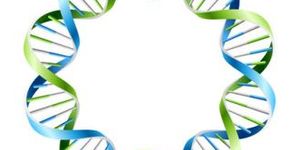
While our immune system counts on the production of antibodies to spot and sap bacteria and viruses, it does not stockpile separate schematics for each of these specialized proteins as this would necessitate vast amounts of DNA. Our body instead assembles segments of sequence to create some 300 trillion options.
This process of combining (recombination) depends upon DNA being clipped by the enzyme RAG [recombination activating gene]. Producing these specialized immune system proteins, which allow the immune system to neutralize its targets. Researchers at Johns Hopkins, Baltimore, have found the mechanism that prevents RAG from uncontrolled clipping of DNA-which acts, in effect, like a safety bolt on a door.
Familiarity with the process that holds the enzyme in check may help us understand why its mutant forms can precipitate immunodeficiency and cancer.
"Recombination is essential for the immune system's ability to recognize and fight new enemies, but too much clipping can cause harmful chromosome rearrangements," says Stephen Desiderio, MD, PhD, director, Institute for Basic Biomedical Sciences, Johns Hopkins Medicine, professor of molecular biology and genetics at the Johns Hopkins University School of Medicine, and the senior researcher for the study. "We now know that RAG has a built-in lock that prevents it from getting out of hand as it clips DNA."
A summary of the results, published in the journal Cell Reports is found here: bit.ly/1xv0lhJ
To streamline the system, each immune cell manufactures a single antibody after being activated. A segment of RAG, called the PHD, enforces this level of control, according to earlier findings from Desiderio's team.
The PHD binds to a chemical tag, called H3K4me3, which is found solely on DNA that is actively being rewritten as RNA, preventing RAG from recombining DNA that is not active. When the PHD segment was mutated and dysfunctional, RAG couldn't cut-however, when the PHD was cut out entirely, RAG worked alright. Desiderio's team sought out mutations that would deliver function back to the mutant PHD, and discovered that when 13 amino acids were deleted in front of the mutant PHD segment, RAG's clipping was superior.
Grad student Alyssa Ward, visualizes it thus: think of the PHD piece as the lock, H3K4me3 as the key, and the deleted piece is the bolt. So, H3K4me3 unlocks the PHD segment, which triggers the bolt, allowing the door to open (RAG to cut). Mutations in the PHD prevent the key from working-however, the door opens and closes easily if the lock or bolt are detached from the door.
These findings may be significant for other proteins that interact with DNA. "It was previously thought that H3K4me3 was simply a docking site for proteins," Desiderio says. "This study shows that it is also a key that activates them."
Image: Using electron microscopy, researchers observed IFI16 pathogen sensors lining up on pieces of DNA. [Photo credit: The Sohn Lab]
 While our immune system counts on the production of antibodies to spot and sap bacteria and viruses, it does not stockpile separate schematics for each of these specialized proteins as this would necessitate vast amounts of DNA. Our body instead assembles segments of sequence to create some 300 trillion options.
While our immune system counts on the production of antibodies to spot and sap bacteria and viruses, it does not stockpile separate schematics for each of these specialized proteins as this would necessitate vast amounts of DNA. Our body instead assembles segments of sequence to create some 300 trillion options. 







